Cheaper than a V8, But Worth the Savings? The Chevy Camaro V6 & 2.0 Turbo
When it comes to pure performance, the current sixth generation Chevrolet Camaro is easily the best of the breed.
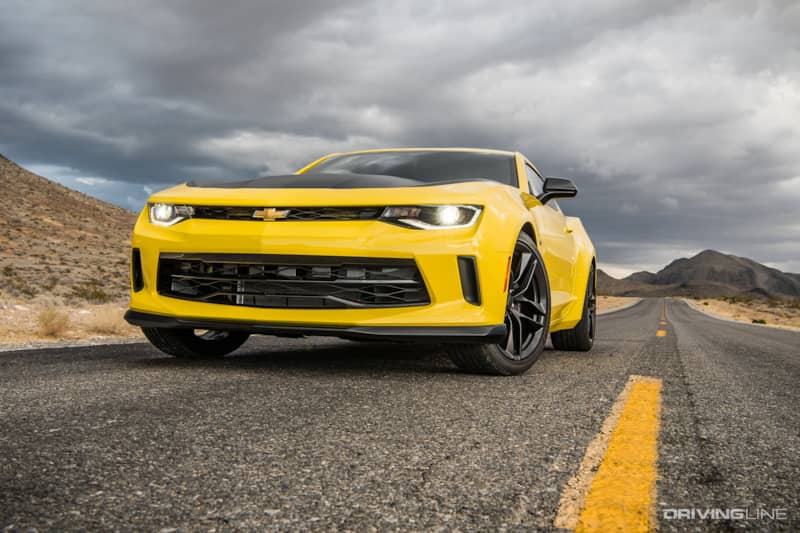
Yes, there were a lot of great Camaros built, going all the way back to the late '60s, but when it comes to factory handling and acceleration, the latest is the greatest.
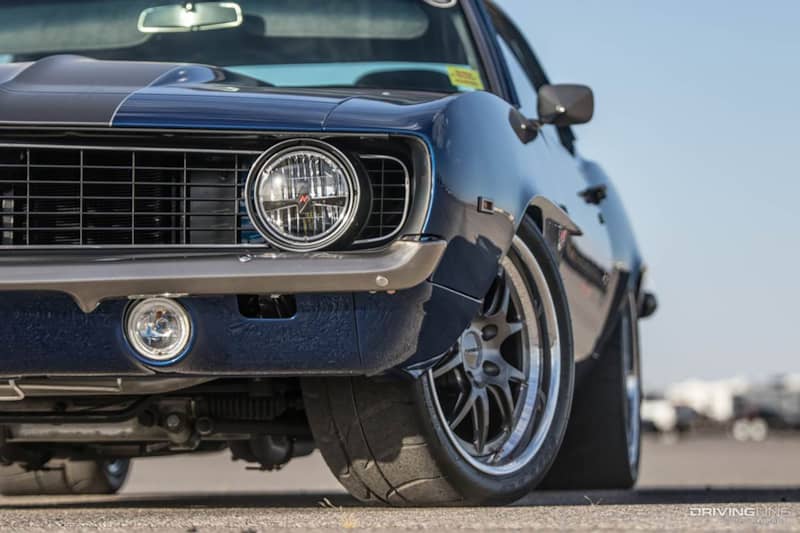
Even having been around with only minor changes since 2016 the Camaro continues to deliver incredible performance for the money, and Chevrolet’s V8-powered SS and ZL1 versions are genuine world beaters.
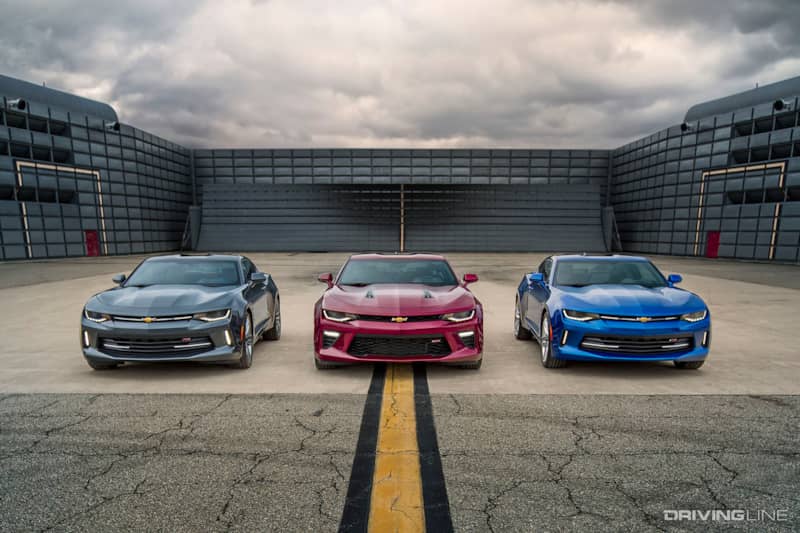
More Than Just V8s
But what about the sixth-generation Camaro not powered by a V8? Are they low-key enthusiast bargains or something to be forgotten? Let’s do a little digging.
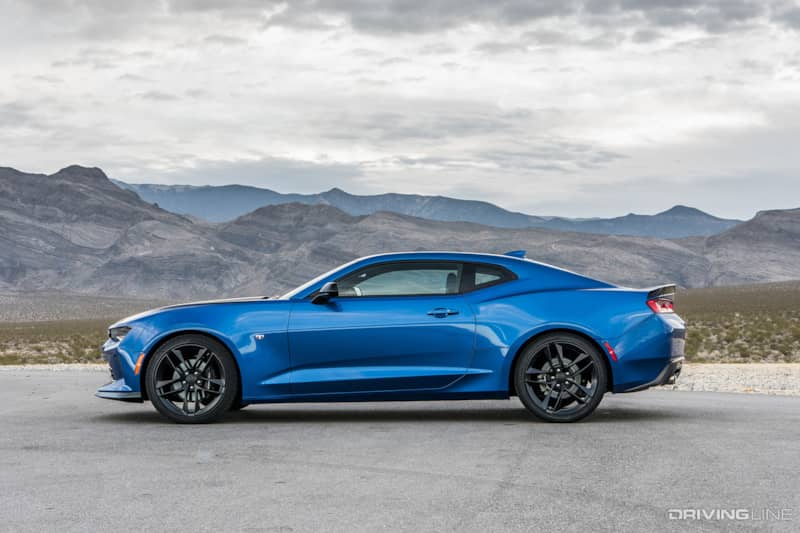
When Chevy introduced the sixth Gen Camaro for the 2016 model year, it added not one but two different engines below the LT1 V8 in the Camaro SS. The base engine was a 2.0L turbocharged four-cylinder making 275 horsepower while the midrange engine was a naturally aspirated 3.6 liter V6 making 335 horsepower.
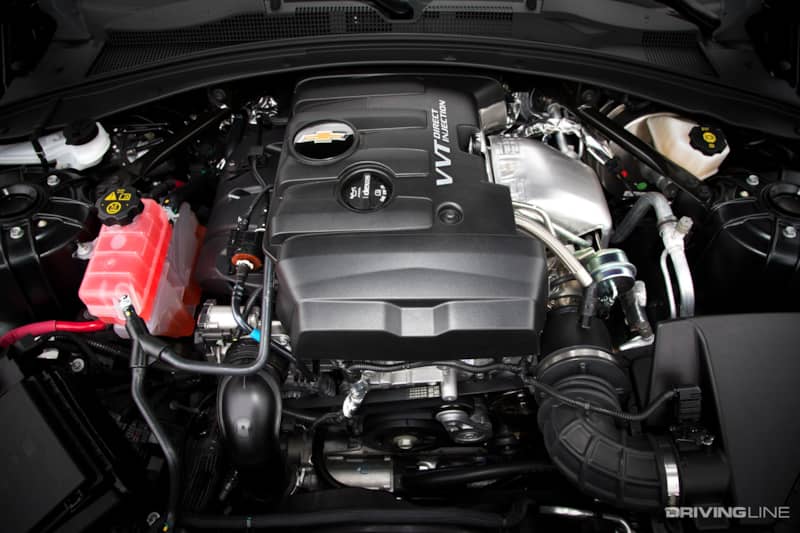
Both are down on power significantly compared to the V8, but on the other hand they are both making as much or more power than the most V8 muscle cars of the 1990s and 2000s.
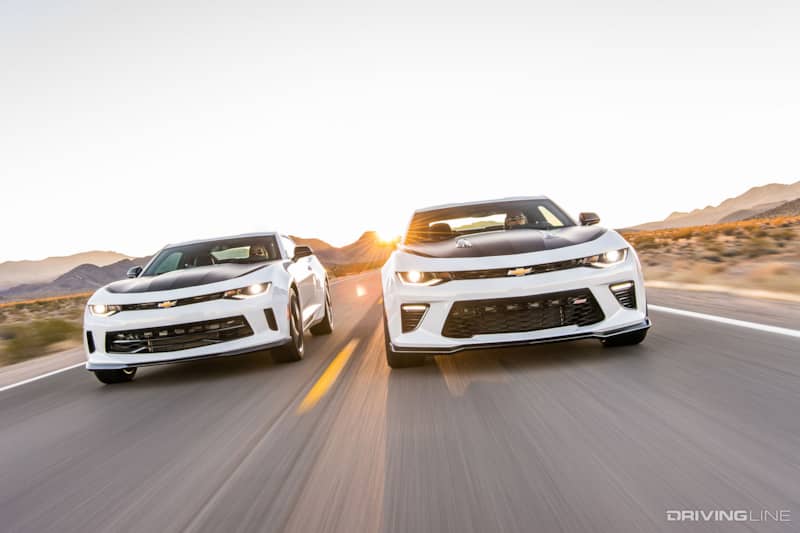
Combine that with the sixth gen Camaro’s Alpha chassis which is known to be great handler, and the 2.0 and 3.6 Camaros are pretty great performers—and both engines can be paired with six-speed manual transmission.

Track-Proven Performance
Better yet, Chevy even went as far as to offer both the Camaro turbo and the Camaro V6 with its 1LE track package, making for a great combination of a low price and track-ready hardware.
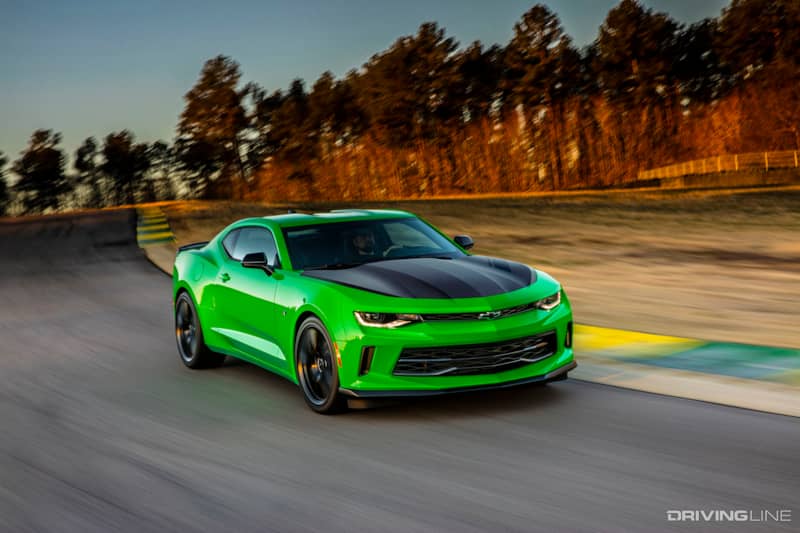
Today on the used market, a turbocharged or V6 sixth Gen Camaro can be had for prices as low as $15,000, while the cheaper sixth gen V8 cars are still going to be in the mid $20,000s.
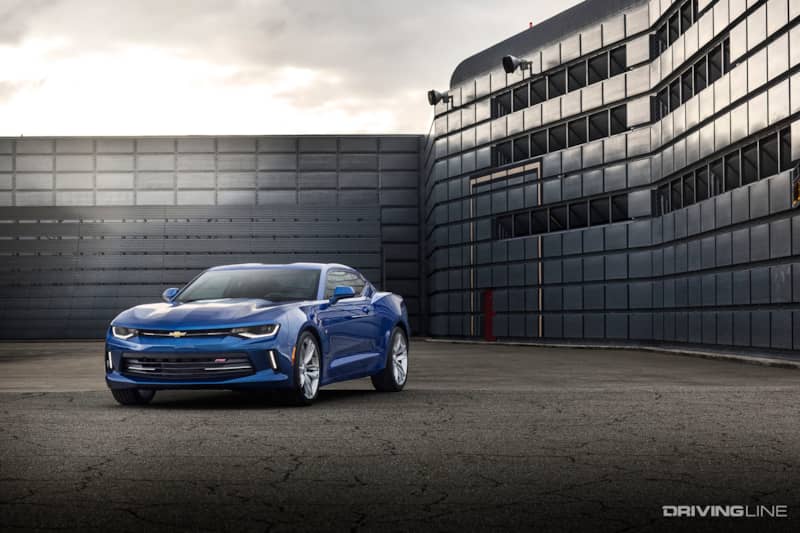
Aftermarket support is also decent for both cars, though the 2.0 turbo will likely have more potential to unlock easy power than the NA V6. And if you're looking for something that’s more about handling and balance rather than brute power, the lighter, cheaper Camaros are great platforms for autocross or track days.
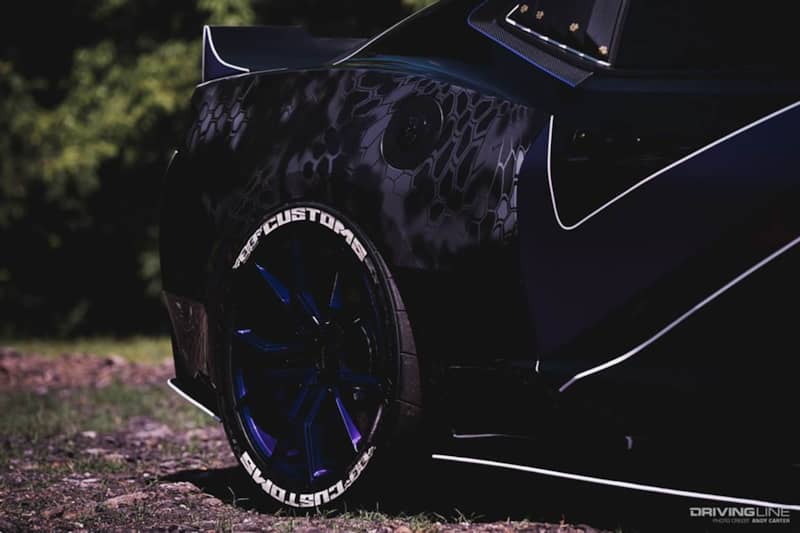
Cheaper, But Better?
Keep in mind that they still won’t be the most practical car, with their notoriously bad outward visibility and tiny back seat, but those complaints are the same for the more expensive V8 versions as well.
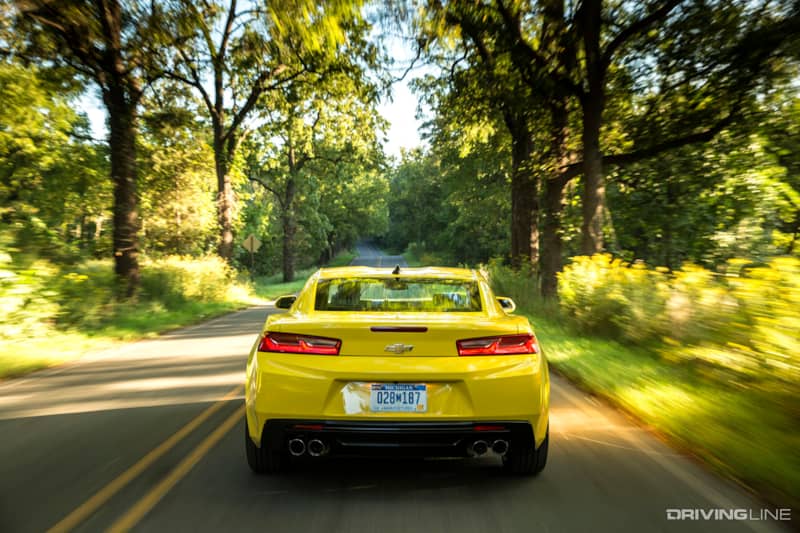
In the end the biggest hurdle to a 2.0 turbo or V6 Camaro as an enthusiast project isn’t anything to do with the platform or engines themselves. It’s simply the fact that the V8 versions exist.
For some people, the idea of a Camaro making anything other than V8 noise will be hard to accept —and we understand that feeling. But if you accept the cars for what they are, they are pretty great.
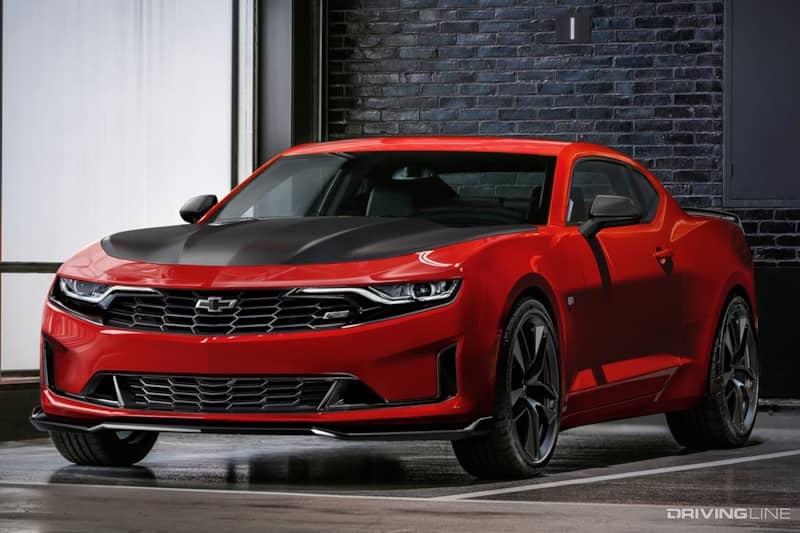
With that said, if you have plans for power upgrades far beyond what either the 2.0 turbo or 3.6 V6 makes from the factory, you’ll likely be better off starting with the more powerful V8 Camaro, even if it’s more expensive to purchase initially.

Looking at it pragmatically, not only will the V8 be much faster out of the box, it also responds tremendously to the same types of modifications. It should also hold its value better in the long term.
In the end it would be best to compare a V6 or turbo Camaro not to a V8 Camaro or another V8 muscle car, but to other inexpensive rear-drive enthusiast cars like Toyota 86, Subaru BRZ or BMW 2 series—and against that competition the smaller-engined Camaro makes a lot more sense.
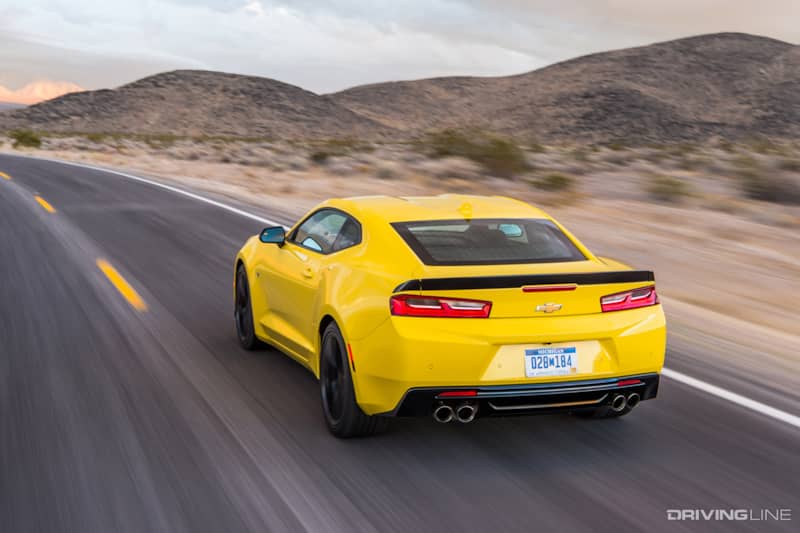
GM’s Alpha platform is a great one, and you don’t necessarily need a V8 under the hood to enjoy it. While they may be an acquired taste, don’t cross the Camaro turbo and V6 off your shopping list as they can offer a tremendous amount of fun for the money.
More From Driving Line
- While we are in the Camaro mood, here's a look back at how the fourth generation model changed the game back in 1993.







